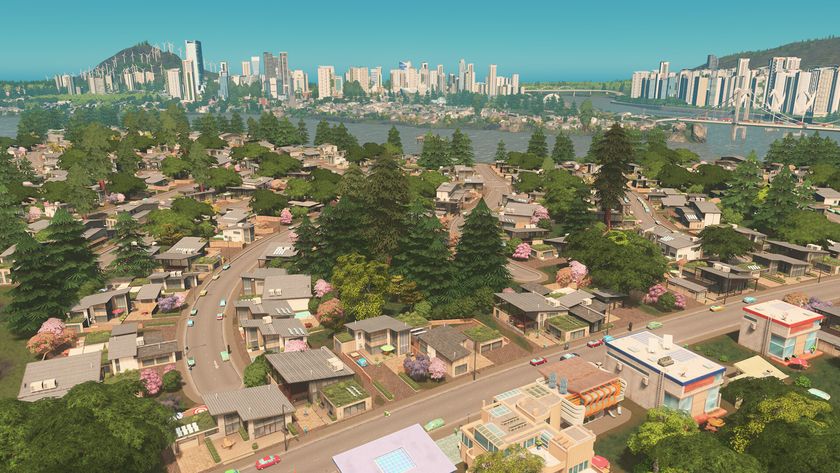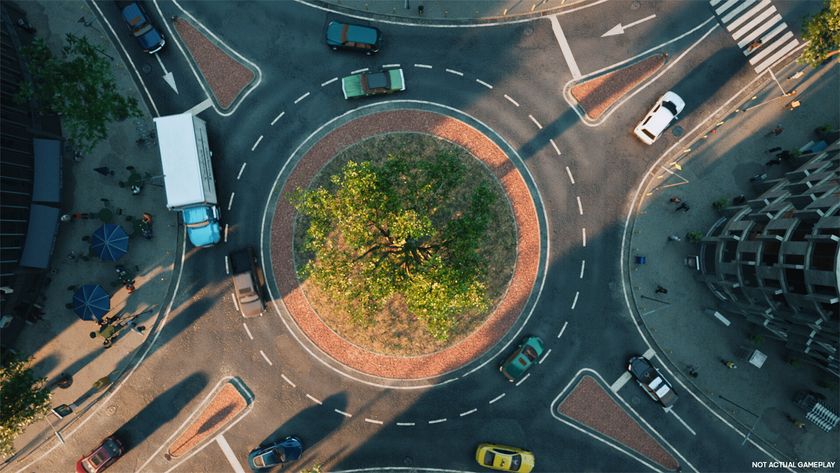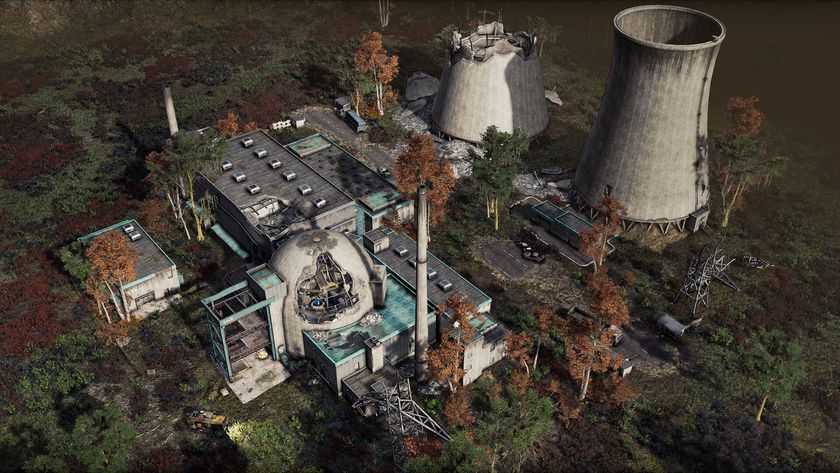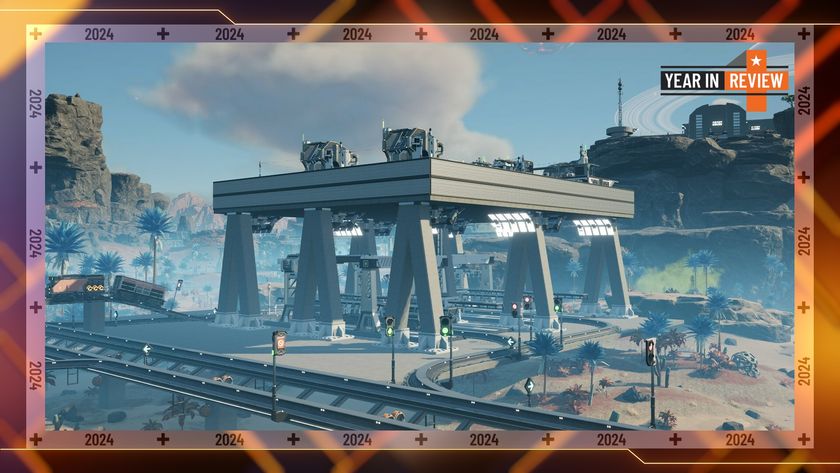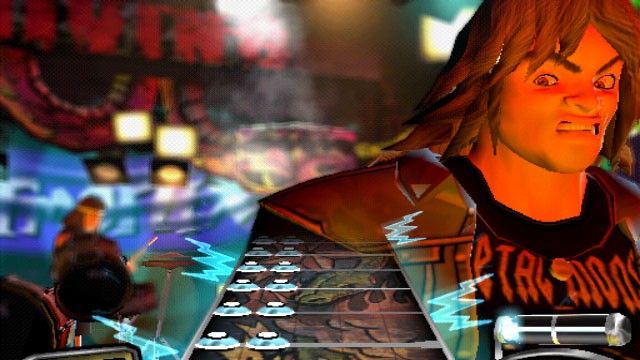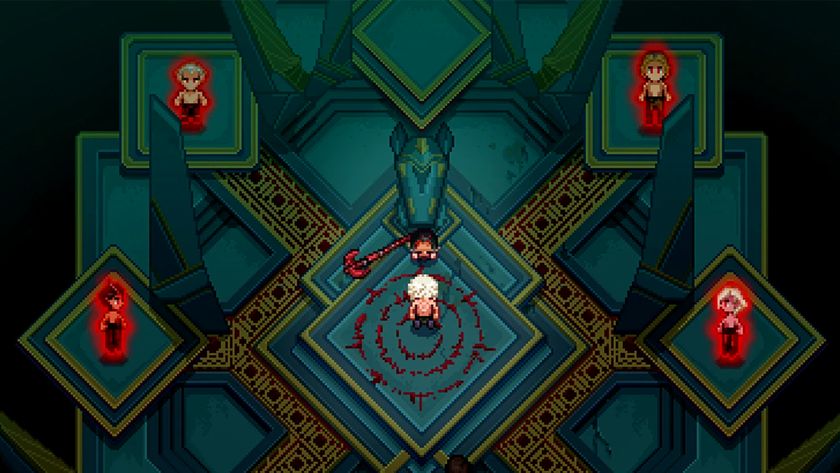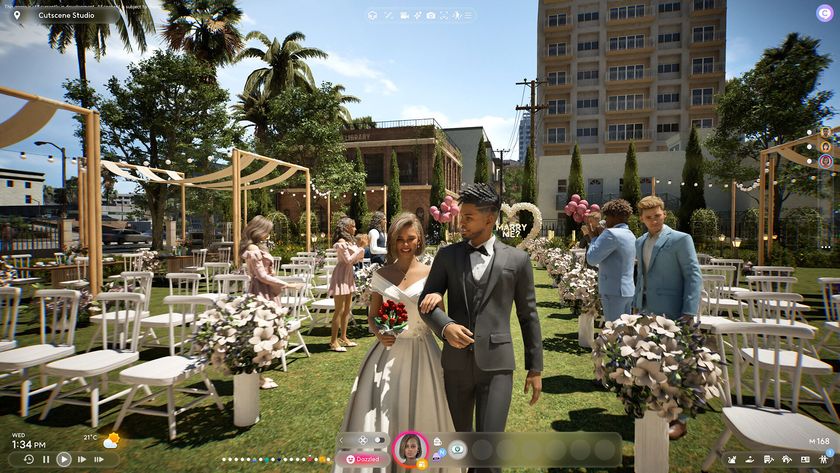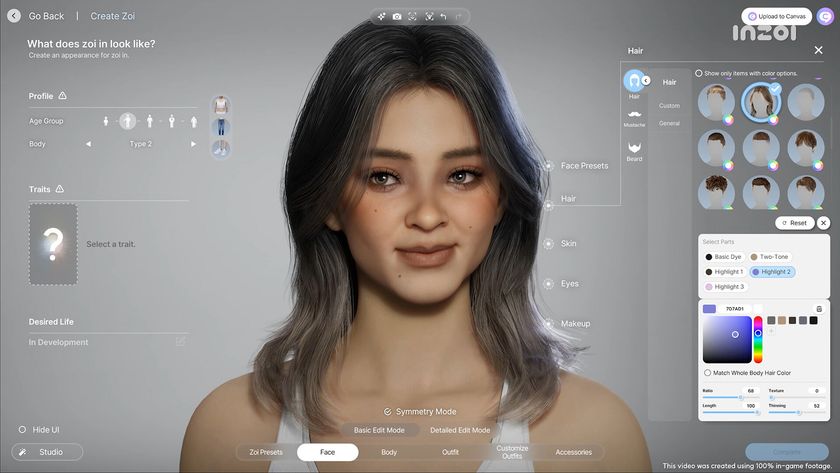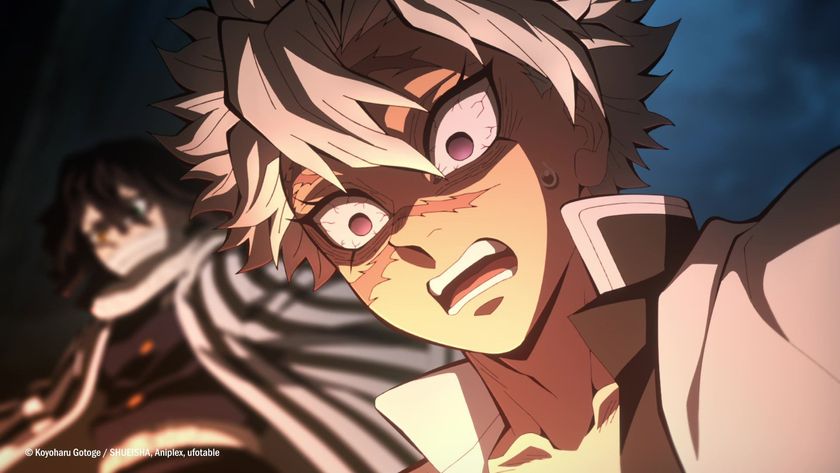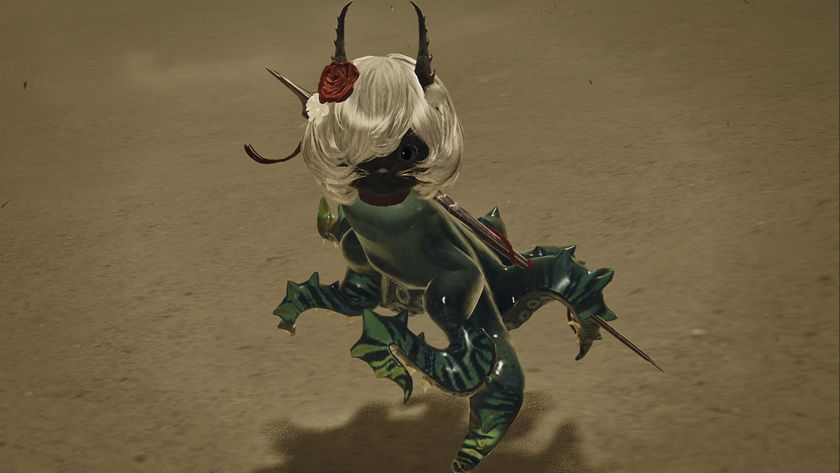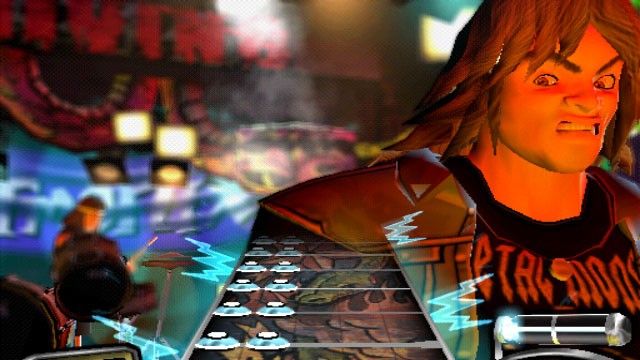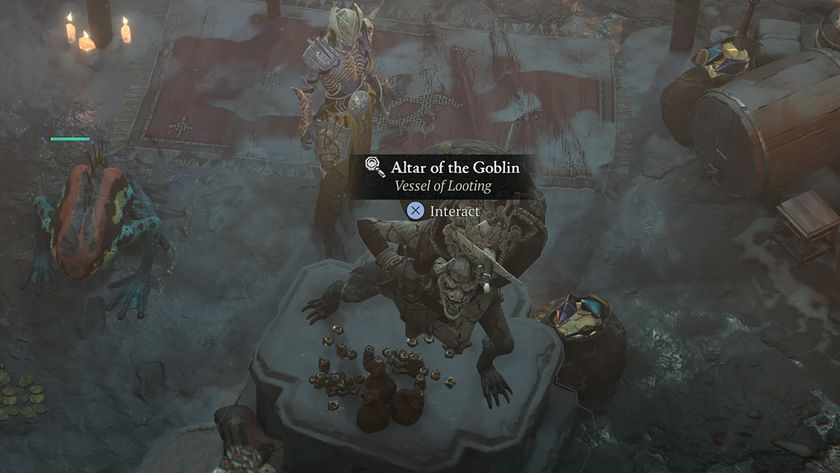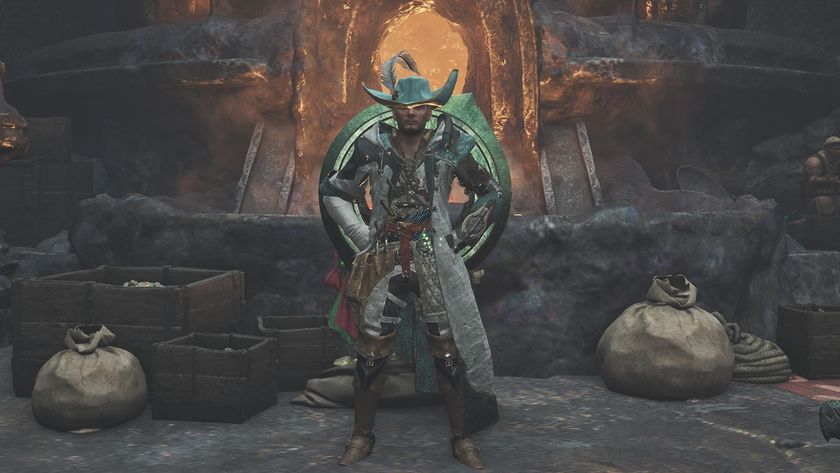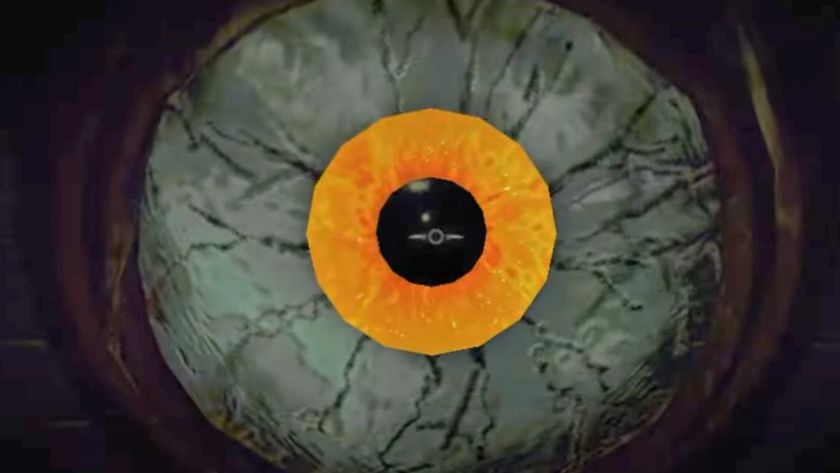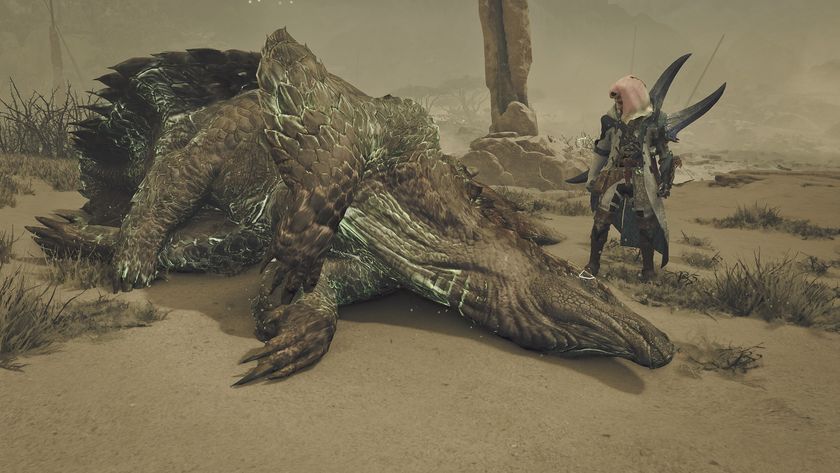Cities Skylines 2 pollution guide
From bad air to noise, here’s how to fix pollution in Cities Skylines 2
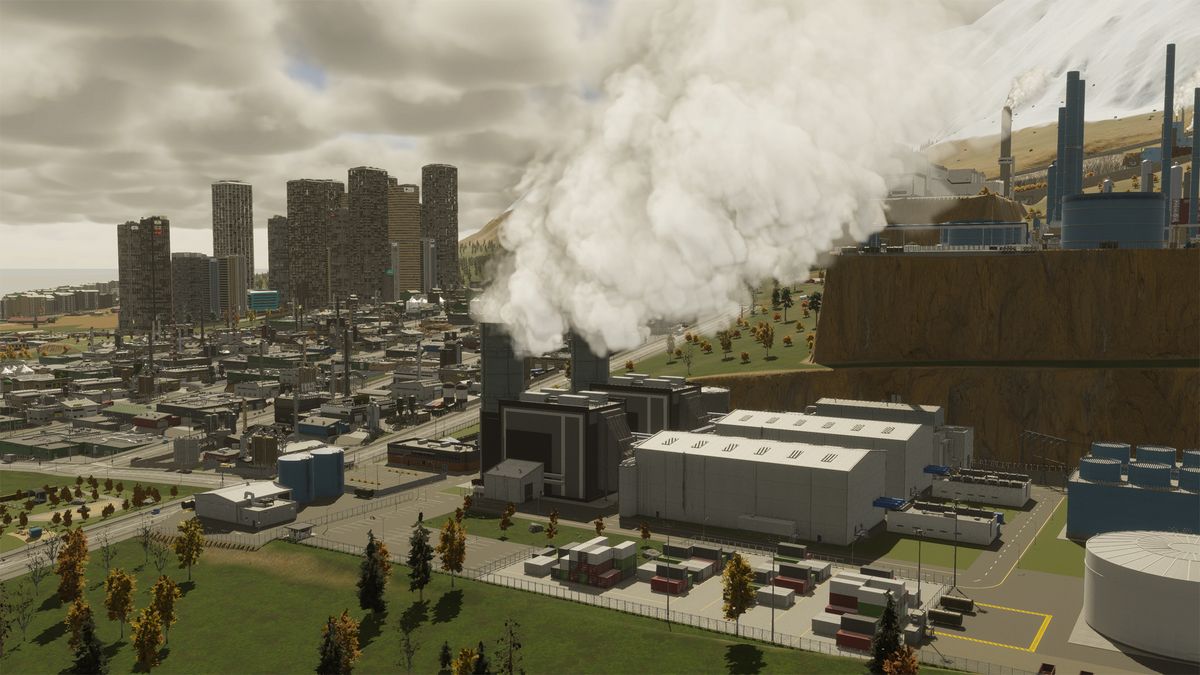
Cities Skylines 2 pollution is no joke, as your citizens will fall ill and (understandably) get upset if you allow pollution to get out of hand. Cities Skylines 2 pollution comes in many forms: air pollution, ground pollution, water pollution, and even noise pollution. Combine that with the fact that you have many different sources of pollution, including dirty industries, wrongly placed sewage outlets, and noisy schools, and you’ve got many different ways to tackle this problem.
From air pollution to ground pollution, here’s how to fix pollution problems in Cities Skylines 2. For some general help we've also got some Cities Skylines 2 tips to cover the basic, a guide on Cities Skylines 2 money to keep you solvent and some help with Cities Skylines 2 development nodes to explain all that.
Cities Skylines 2 pollution explained
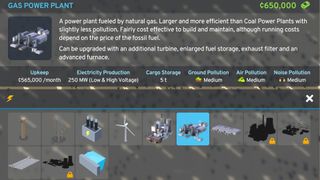
In Cities Skylines 2, pollution is caused by industries, traffic, sewage, and certain buildings. There are four types of pollution: air, ground, water, and noise. If you want to see how badly they affect your city, you can open the info view; the bottom row shows every pollution type.
As a general rule, your citizens don’t like pollution and don’t want to live near polluted areas. It’s therefore important to keep the main sources of pollution, industrial zones and power plants, far away from your residential areas.
Before placing a new building, make sure you’ve checked the description, as it will tell you what types of pollution the building will cause. If the building does indeed cause pollution, you will see a rating from low to high, with the “high” pollution buildings being the worst of the bunch.
Types of pollution in Cities Skylines 2
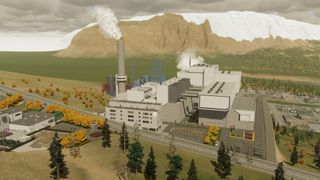
Let’s take a look at the types of Cities Skylines 2 pollution and their main causes:
- Air pollution: caused by industrial zones and dirty buildings such as coal power plants and garbage incineration plants. It’s affected by wind, thus spreading the pollution to areas downwind of the source.
- Ground pollution: like air pollution, this mostly occurs below industrial zones and polluting buildings, where it gets worse over time. Naturally, ground pollution stays in one place, unaffected by wind direction.
- Water pollution: typically caused by your sewage, but in the case of groundwater pollution, it can also be the result of a dirty building or industry placed on top of the groundwater deposit. Water pollution in a river or sea follows the dominant water flow, so the pollution spreads downstream of the source.
- Noise pollution: caused by nearly anything, including large roads, schools, any non-residential zone, public transport stations… Noise pollution spreads in a small radius around the source, and the severity depends on the type of building or zone.
How to fix air pollution in Cities Skylines 2
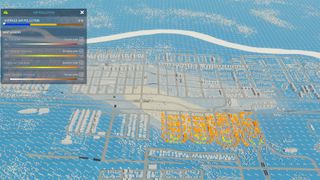
- No traffic jams
- Green energy
- Heavy traffic/combustion engine bans
- Less industry
- Industrial zones go downwind
It’s nearly impossible to rid your Cities Skylines 2 town of air pollution completely, but you can take measures to greatly reduce it. For starters, make sure you have a good traffic flow, with as few traffic jams as possible. Furthermore, you should choose green energy over coal and gas power plants. Wind turbines are available right from the start of the game, so they’re a great option. You can also ban heavy traffic and combustion engines from your residential areas using the “district tool” on your toolbar: create a district, then select it to see these two optional policies.
Once your city has grown significantly, you can assign more commercial and office zones instead of industrial zones – but beware that this requires a high number of citizens (customers) and a more advanced economy with highly skilled workers.
Finally, if you must have industrial zones and polluting buildings, try to place them as far downwind as possible, preferably near the border of the map. Otherwise, as shown in the picture above, a strong wind current may blow air pollution to a nearby residential area. It would be best to demolish this industrial zone, build a new one further to the left, and reassign this one to offices or commercial purposes.
How to fix ground pollution in Cities Skylines 2
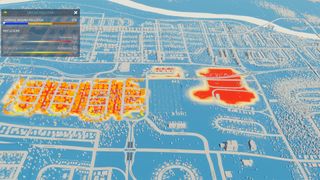
- Reduce industrial zones
- Green energy
- Remove sources and wait
Ground pollution in Cities Skylines 2 builds up very slowly, but it also decreases very, very slowly. In truth, the best way to combat ground pollution is to not let it go too far; if you’re starting a new city and you’re forced to create an industrial zone near your city center, you may want to remove it and build a new industrial zone as soon as you’ve unlocked new map tiles near the border of your town.
This wasn’t done in the picture above, thus resulting in a heavily polluted patch of land in the middle of the city. Although the industrial buildings have been removed on the right, it will take a while for the ground pollution to disappear. If you’d like to avoid ground pollution as much as possible, try to use fewer industrial zones and greener sources of energy.
How to fix water pollution in Cities Skylines 2
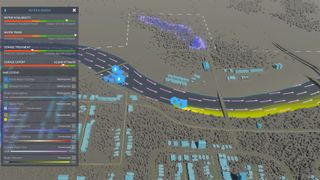
- Wastewater treatment plant
- Sewage outlets go downstream
- Mind the groundwater
The best way to fix water pollution in Cities Skylines 2 is to build a wastewater treatment plant. This will purify the water and pump it back into the system, thus greatly reducing your city’s wastewater. If you don’t have such a plant yet, you’ll either have to pay to export your sewage water (requires a sewage pipe to the edge of the map) or rely on a sewage outlet leading into a river or sea.
Although the latter will pollute the water, it’s still the best way to handle your wastewater if you don’t want to spend extra money. Just make sure you always place the sewage outlets downstream, away from water pumping stations – otherwise, your fresh water will be polluted and your citizens will get sick. If you want to relocate or remove your sewage outlet, beware that it will take a while for the water pollution to disappear completely.
Finally, beware that groundwater deposits will become polluted if you place polluting buildings and industries on top of them. If that happens, do not use this groundwater deposit for your city!
How to fix noise pollution in Cities Skylines 2
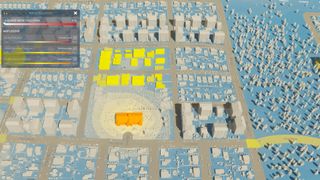
- Avoid too many (high-density) residential buildings
- Small/pedestrian streets
- Heavy traffic bans
- Sound barriers
- Underground roads
- Spread public buildings
To diminish the noise pollution on your residential streets, don’t build too many houses on the same road, and certainly not just high-density housing. Place parks and pedestrian streets in between blocks, and only allow a few commercial and office buildings near your residential areas. It’s also a good idea to create districts (using the district tool) and implement a heavy traffic ban in your residential zones.
After unlocking road services, you can place sound barriers along your highways, which will greatly reduce their noise pollution. Alternatively, you can create underground roads. As you still need public services near your residential areas, try to spread them out and surround them with small empty plots of land or parks. As shown in the picture above, the elementary school is surrounded by parkland, thus creating a noise-reducing buffer between the school and the residents.
And that’s how to tackle pollution in Cities Skylines 2. Enjoy your clean city!
© 12DOVE. Not to be reproduced without permission
Sign up to the 12DOVE Newsletter
Weekly digests, tales from the communities you love, and more
I’m a freelance journalist who (surprise!) kind of has a thing for videogames. When I’m not working on guides for GamesRadar, you can probably find me somewhere in Teyvat, Novigrad, or Whiterun. Unless I’m feeling competitive, in which case you should try Erangel. You can also find my words on PCGamesN, Fanbyte, PCGamer, Polygon, Esports Insider, and Game Rant.
